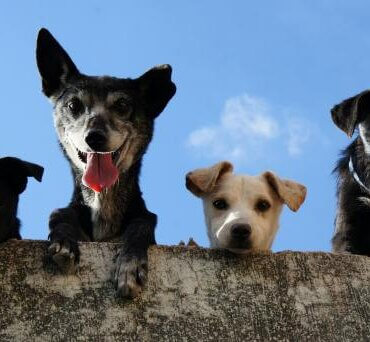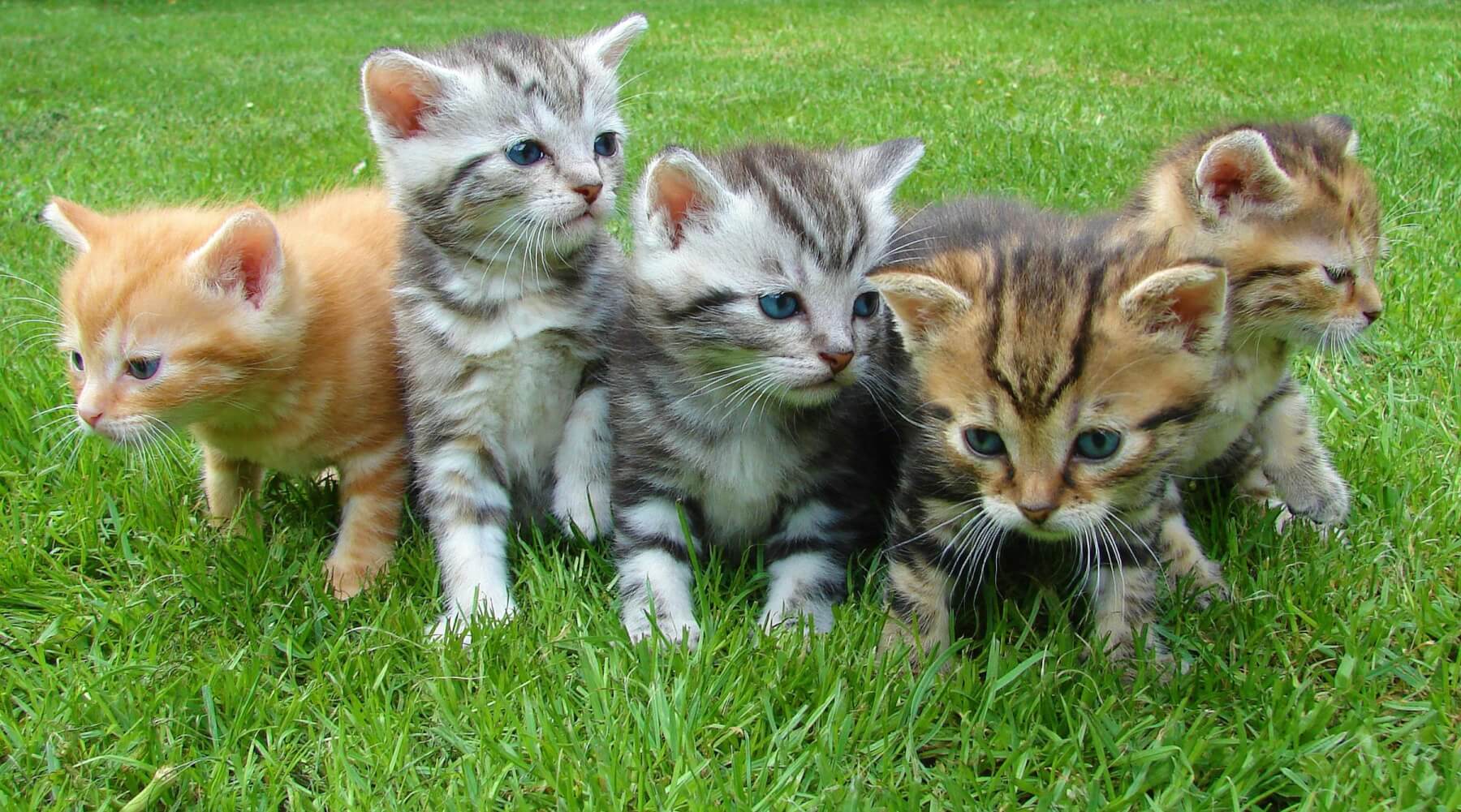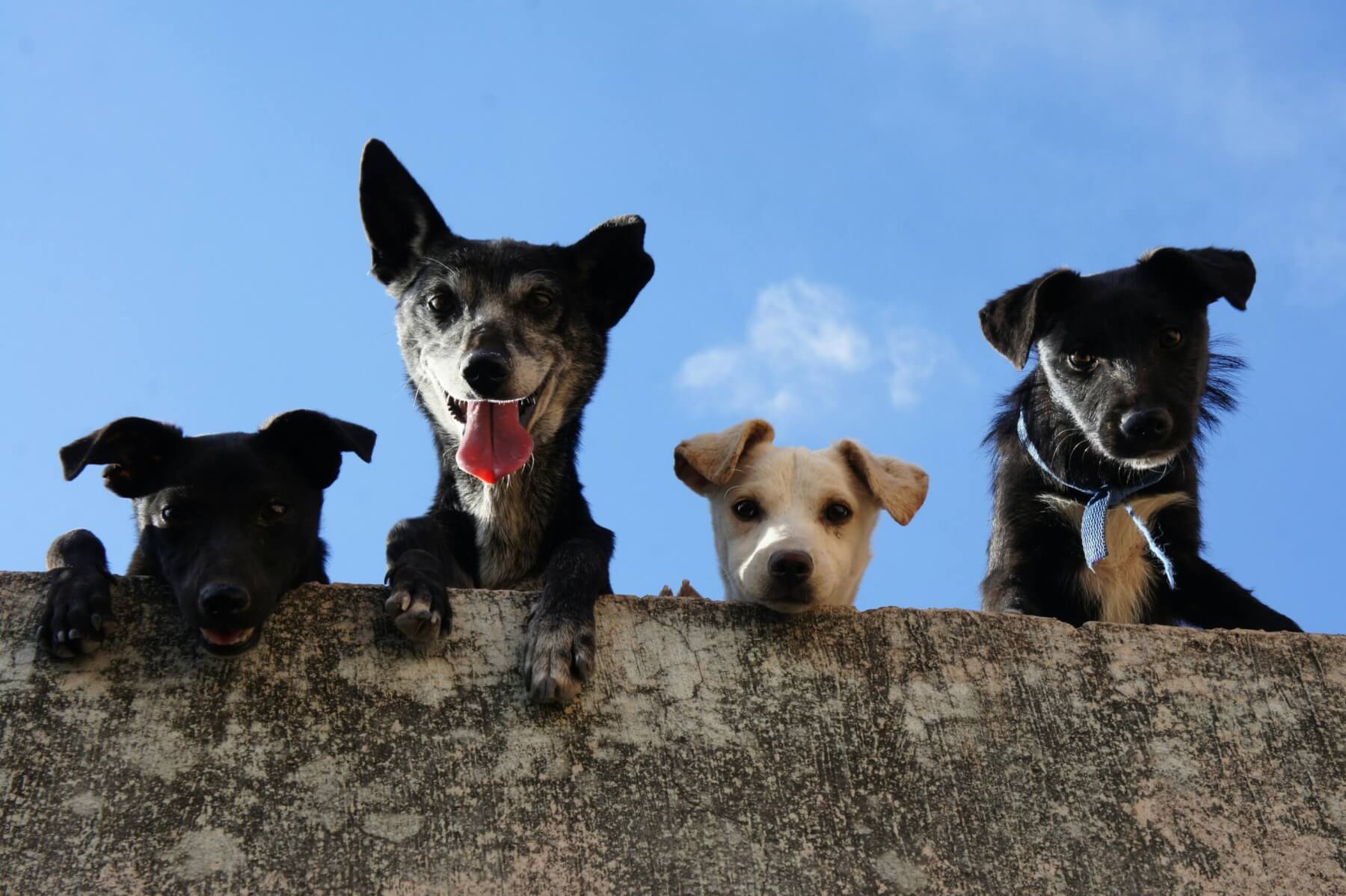
Look after pets in a disaster
There have been plenty of harrowing and emotional stories coming out of the LA fires disaster. Videos of people reuniting with, or helping, pets really pull the heartstrings, bringing forward thoughts of how I would cope if my cats went missing during a fire. For many of us, animals are part of our families and we love them dearly.

Janine Krippner
Animals are an important consideration for disaster preparedness, and if we fail at this it can also endanger human life. The most significant risk factor for people failing to evacuate is owning a pet, especially for people who don’t have children. During hurricane Katrina in 2005, emergency shelters did not allow pets and 44 per cent of non-evacuees who chose not to evacuate did so because they refused to leave pets behind. An estimated 50,000 to 150,000 pets died.
Psychological trauma can occur when people are forced to leave them. One study found that pet loss is a significant predictor of post-disaster distress. Conversely, having a pet can also reduce stress and promote lower levels of post-traumatic stress disorder. Health care workers, who are desperately needed in a disaster, may also refuse to work if their pets are not safe. Additionally, disease spread is also higher through non-evacuated animals.

Pets in a disaster. Photo: Татьяна Доломан pexels.com
The dangers continue, with an estimated 80 per cent of people returning to evacuation areas prematurely doing so to rescue a pet.
I mentioned last year that my friend Danni Molisee could not evacuate prior to the first hurricane that impacted Tampa, Florida. She managed to evacuate for the second hurricane, but it broke her heart leaving two missing pets behind. One kitty was found, and she still goes back with hope for the other. Pets became ill from the polluted waters that came from the storm surge. She says it is tragic seeing posts from people saying they are looking for fosters for their pets because of difficult living conditions.

Cats in a disaster. Photo: Pixabay pexels.com
There can be very real consequences when we don’t take our pets into account and community safety can be impacted. I have discussed the steps we can take to prepare (you can look up “Pets and disasters” from 2023), such as having a plan and knowing where your items like carriers, pet photos, food, and any medications are for a quick getaway.
We also need larger plans in place for when evacuations are needed. Plans for places people can go with pets, or a safe place for pets to stay with the right care. It is also important to have places without animals for those with allergies.
After Katrina, the Pets Evacuation and Transportation Standards (Pets) Act of 2006 was established in the US, and Animal Evac New Zealand has been working towards changes.
What is clear is that preparation needs to happen at different levels, from within the home, in our communities, up to our leadership. As with so many aspects of disaster preparedness and resilience, we are not powerless and there is so much we can do to help ourselves and our loved ones big and small.

Look after your pets in a disaster. Photo: Pexels.com








